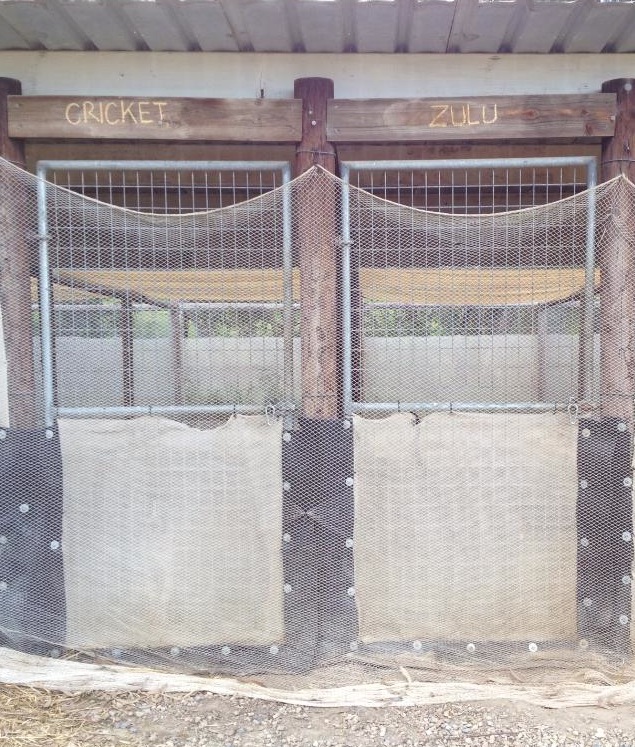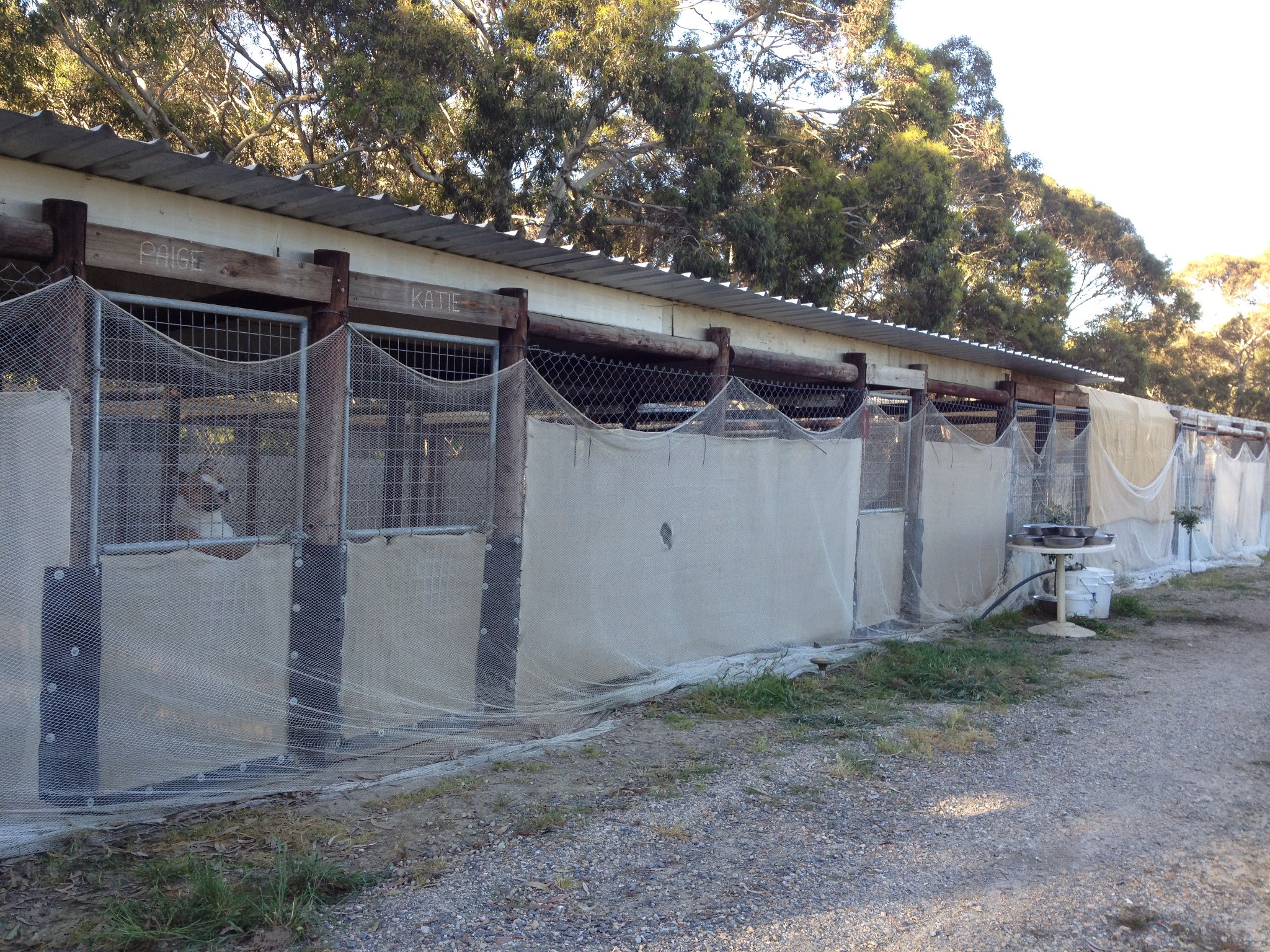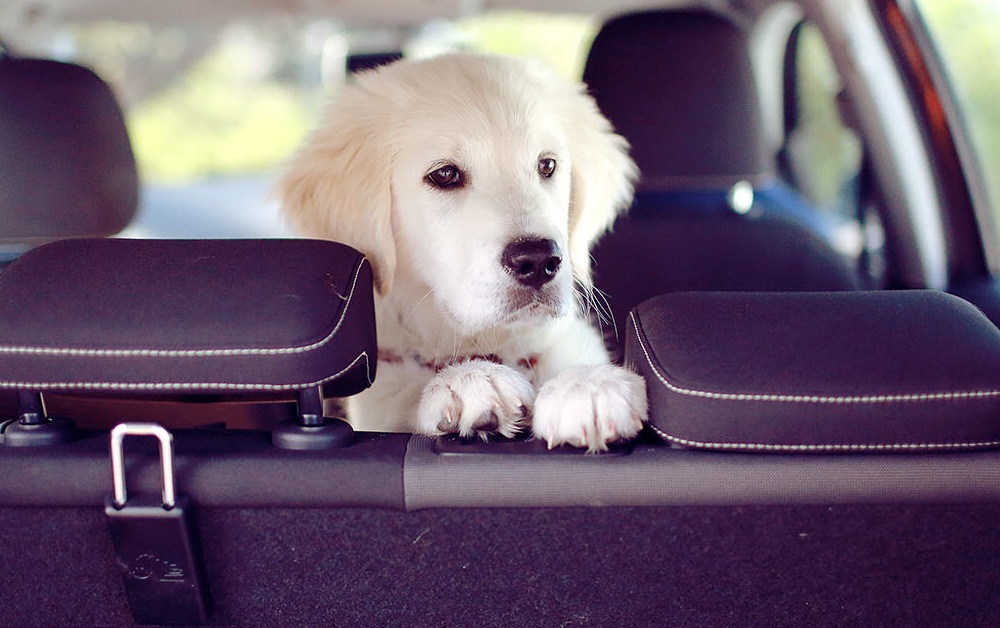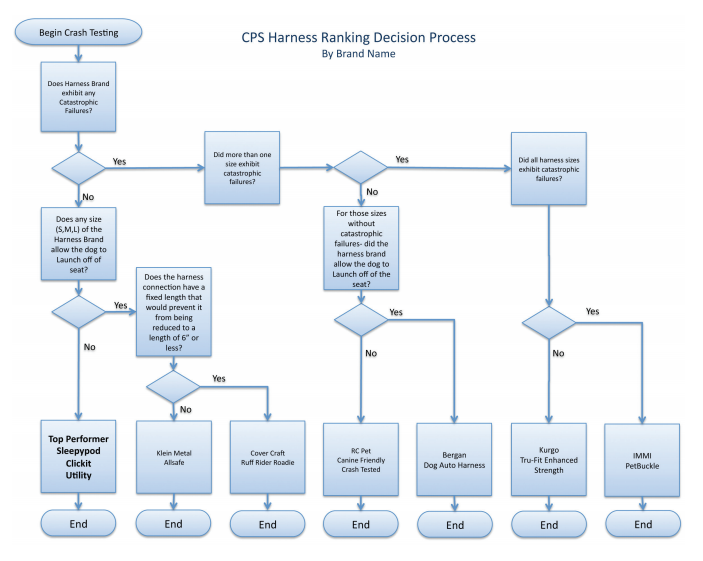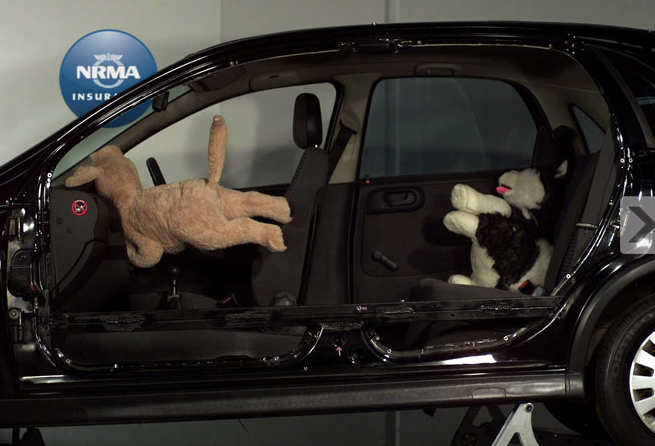Pit Bull Forum on Studio 10
On the 27th of March, Studio 10 had a news article on a boy who was mauled by a ‘pit bull’, but the pit bull was not euthanised, but instead desexed and defanged.
The panel questioned why anyone would have a pit bull when they’re ‘not pets’, and ‘they’re fighting dogs’, with a history of ‘bad accidents’. They criticised public response to this incident saying, “I don’t understand how they’re blaming the babysitter instead of the owner of the dog”.
Paula Abdul is the only one who says anything mildly positive, with “not every part of that breed is bad”.
Understandably, dog lovers were pretty unimpressed with this coverage and criticised Studio 10 through social media.
And Studio 10 then had a ‘right of reply’ panel. And here is how it went down.
While the guise of this discussion was providing balance, Studio 10 clearly pulled the shots, asked the questions, and didn’t provide adequate right-of-reply in many instances. Here’s a blow by blow of what was said… And what I would’ve said.
The little starting introductory video/graphic describes some dog breeds being ‘banned in Australia’, and then describes that in 2011 half of dog attacks were by five breeds (Bull Terriers, Australian Cattle Dogs, American Staffordshire Terriers, German Shepherd Dogs, and Rottweilers). It then goes on to make the claim that bites by restricted breeds are decreasing.
There’s a lot of stuff in this that the expert panel did not get a chance to address!
- Firstly, no breed is banned in Australia. The five breeds listed are ‘restricted breeds’, meaning that the way they are owned is regulated by most states, but no state outwardly bans them.
- While we can dispute the validity of the statistics on breed attacks, it should be pointed out that the pit bull terrier does not appear in the list of breeds involved in half of all dog attacks.
- While bites by restricted breeds may be decreasing (and I’m not even sure if that is true), that doesn’t mean bites overall are decreasing.
Studio 10 asks, “Why do you think pit bulls have such a bad public perception?”
Dr Andrew O’Shea, from the Australasian Veterinary Association, answers this: Because the media chooses to report on pit bull attacks almost exclusively. The media sensationalistness has a lot to answer for. As Dr O’Shea points out, many reports are ‘it’s a pit bull terrier’, when it’s not really. Dr O’Shea points out that the media makes them out to be ‘more dangerous’, but in reality they’re probably just as dangerous as any dog of a similar size. Any dog with teeth can bite.
“But Dr O’Shea, I’m confused though, because the media is reporting we’re told, say by the police and other people at the scene, and I think, there is, like you say, there’s a bit of confusion about talking about pit bulls, er, are the crossed with staffordshire terriers, I mean, I must say, sitting here in the studio, I’m very nervous, I’m, I mean, because of the dogs. I feel frightened.”
Not really a question, nor articulately asked, but then you didn’t give the panel a chance to reply either.
What is significant is not just that the media is reporting on ‘pit bull’ attacks, but the fact that attacks by breeds that are not pit bulls are not reported on. For example, in Port Lincoln an 8 year old boys had his nose bitten off by an Australian bulldog. This barely made the news, and when it did, the report focussed on the death of Ayen Chol by a pit bull. While the news heavily reported on Isabelle Dinoire who received the first face transplant, but neglected to report that her facial injuries were as a result of a labrador mauling.
The fact that you feel frightened is probably a consequence of the media hysteria surrounding pit bulls. I am sorry that you’re fearful, but your fear is illegitimate, and proves that we need to reassess the way dog attacks are perpetuated in the media. When two dogs lay in a relaxed and quiet way in a studio (a totally foreign environment to them), and they are regarded as scary, then the community clearly needs a much more comprehensive understanding of dogs and dog behaviour.
“Centuries ago, they were bred as fighting dogs. Am I right in saying that?”
Dr O’Shea responds to this by basically agreeing, but argues that defining ‘pit bulls’ is complex, and many dogs that look like a pit bull are classified as one despite not being one. And despite being crossbreed. He says that because they’re a bigger breed and tend to be reactive, they seem to get a bad name.
However, I would’ve taken a different response in responding here… I would’ve said:
Yes, but many dogs have roles now vastly different to their original purpose. Many Labradors are bred to assist blind people – while their original purpose was to carry dead birds around. Many German Shepherds are bred for multi-purpose police roles, including biting people, while their original purpose was herding sheep. Many people own terrier breeds who were bred to kill small vermin. Overtime, breed roles change. Additionally, within a breed, there are many variations in terms of personality and type. If you look at the greyhound industry, you’ll see a vast number of greys are killed for not meeting the task at hand, despite breeding specifically for running fast after quarry. You can imagine, in our current era, where dogs are primarily bred as pets, the history of a dog does not have a large implication on the temperament of the dogs we see today.
“A big reactive dog sounds quite scary to me, though. I mean, why, why, what I don’t understand is why people are so passionate about pit bulls in particular. Like, why, I mean, surely, if if, the restrictions at the moment seem to be working at the moment, and the number of attacks is going down, and surely if there is, er, some evidence … For example, you’d be familiar, Dr Hugh Worth, the head of the RSPCA, in 2009 said that there was absolutely no place for these dogs in Australia. He said they were time bombs. He said they should be banned. Now everyone here, I’m sure, who has any knowledge of animal welfare issues knows who Hugh Worth is. He is a very respected veterinarian. The RSPCA is an organisation that is there to prevent the cruelty to animals and protect them. If he is saying it, surely, surely not getting your personal favourite breed of dog is a small price to pay for knowing that kids could be safer. And adults,” say Joe Hildebrand.
“What do you think about that Melanie?” says the host.
Wow, give poor Melanie a chance. There’s about a million points there.
Melanie tries, she says that while ‘the laws appear to be working’ you will probably see that attacks haven’t gone down, but they have stayed the same or risen. She asks if we want to see dog bites to go down, or do we want to see pit bull bites to go down? Maybe pit bull bites are going down, but surely we want dog bites to be going down full stop.
Then Melanie got cut off before she got a chance to say all I would’ve:
- This is not about people having a dummy spit for not being allowed to own pit bulls. The issue is that banning pit bulls does not make kids and adults safer.
- There is not a reduction in dog attacks in all, just dog attacks by restricted breeds. So the community isn’t safer from a pit bull ban, they’re just less likely to be bitten by them. (Just like if you banned Ferraris, no more people would die from Ferrari related accidents. But people would still die in car accidents.)
- Dr Hugh Worth is known as Dr Hugh Worthless by many animal-lovers in Australia. ‘Nough said.
- The RSPCA is not very well respected and does a pretty poor job at protecting animals.
Joe Hildebrand talks about serious pit bull attacks, and includes footage of a guy severely mauled by three American Staffordshire Terriers. He argues that the severity and frequency of these attacks should see the breed banned.
Again, no real chance of reply is provided. So my reply would include:
- Hi. The dogs in that video are American Staffordshire Terriers. Not pit bulls.
- Also, people die from weimaraner and jack russell bites, too. The media often fails to report on these attacks, or when they do so, they report in a different way. (For example, Buster the golden retriever attacked 4 people and the media at the time mostly reported on ‘why would a golden retriever attack?’ instead of the ‘golden retrievers should be banned’ approach we see after bull breed attacks.)
“So you’re not hearing of labradors, or maltese terriers, or toy poodles causing this damage…” says Sarah Harris.
Ambulance guy (from the expert panel) says he’s been to attacks of lots of different breeds. He says that he “can’t tell the breeds apart to be honest” and “In my experience… all dogs can bite. It doesn’t matter what kind of breed it is” and ‘the bigger the dog, the bigger the bite’.
I would elaborate this response, if I had the opportunity, to when you say ‘you’re not hearing of’ attacks by different breeds, that’s because you’re not reporting them.
It’s how you train the dog, surely?
Yay, a decent question! Ambulance guy says that he trains his dogs and doesn’t leave them alone with kids. Good advice!
“Brad can talk through how the behaviour works. I mean, are pit bulls aggressive dogs?”
Brad was methodical in his response to this question.
It’s about preventing dog bites. You want the community to be safer, right?
Are you attached to the how (BSL)? Or are you attached to the outcome?
When we look around the world at measures used to reduce dog bite statistics to as low as possible, we see that success is based on behaviour-based strategies and not breed.
“You’ll never get rid of [dog bites] – get rid of 400 breeds – right? It doesn’t really matter.”
Go Brad.
“When we were talking about this last week, a 4 year old boy had been attacked and terribly mauled and there was a question mark over the fate of the dog who did that. And I must say, as a mother, I would want that dog destroyed. I wouldn’t want to be standing up let’s protect this dog because he’s just.. severely injured this child, potentially could’ve killed this child. To me, isn’t that more of the issue?”
Brad answers this one as well.
This is the result of a ‘tragic convergence of errors’.
The dog was chained – chained dogs are more likely to bite.
The babysitter was there – not the owner.
The dog was large – larger dog, larger damage.
The child wasn’t adequately supervised
Well done Brad, again.
Joe Hildebrand wants hands to be raised for anyone who thinks dogs that attack a child should be killed. (That is, he fails to acknowledge the factors affecting the likelihood of a dog bite, as described by Brad.)
There is no place in society for a dangerous dog. What makes a dog dangerous is based upon the behaviour of the individual.
The whole thing got a little bit messy, with Joe Hildebrand speaking over Brad and Brad refusing to be spoken over. In summary:
- There is a perception in the community that dogs are dangerous and
- NSW statistics show that the pit bull terrier is the most dangerous breed of dog.
Brad replied that:
- Perception is only perception, and
- Those statistics are invalid, and
- It doesn’t matter: We know what causes dog bites, globally, and we know that BSL doesn’t work.
We were talking about whether a dog who attacked a toddler should be destroyed.
Dr O’Shea says it’s context based. A good call.
–
And this is where this exchange ends.
So do you think the expert panel was given a fair chance?
Further reading:

